Glauber’s Salt (Mang Xiao)
Although this was well known in ancient China and likely Arabia, it is the European alchemist Johann Rudolf Glauber who is credited with formulating its use. Glauber is known for many industrial and chemical discoveries and innovations or practical uses, as well as being an alchemist and apothecary and providing free medicine to the poor. He wrote, He that does not know what Fire and Salt are, knows nothing, and deserves not the name of Philosopher”
Glauber’s salt is an ancient l purgative frequently used in traditional Chinese medicine. It was first recorded in Ming Yi Bie Lu (Miscellaneous Records of Famous Physicians), which was compiled by Tao Hong-Jing. It is also known as Mang Xiao in Pinyin, which, literally translated, means “wheat awn saltpetre” or “wheat awn vanish”. The reason for this name is it looks like the awn of wheat, plus it is soluble in water and disappears once dropped in the water. Clinically it is often used to treat bloating, abdominal pain, constipation, and others due to excess heat. And it is also good at curing sore throat, mouth sores, red eyes, ulcerative carbuncle, swelling, pain, and so on. In addition, it is also suitable for external use in the treatment of a variety of other ailments.
Glauber’s salt is refined crystals from the natural mineral containing sodium sulfate. It mainly contains sodium sulfate decahydrate (Na2SO4•10H2O). As a result, other names of this mineral medicine include mirabilite, Natrii Sulfas, sodium sulfate decahydrate, Sodium Sulfate, and so on. In China it is mainly produced in Hebei, Henan, Shandong, Jiangsu, Anhui and other places.According to different processing steps, it is called by different names. First, dissolve the natural mineral in hot water, filter, cool down, and then crystallize. This product is called Pi Xiao. Secondarily, clean and slice the radish, place them and Pi Xiao into the pot, add water and boil, take the liquid in the upper layer, cool down, and crystallize. The crystal obtained is glaubers salt. The preferred one is bluish-white, transparent, in the shape of block crystal, clean and free of impurities. Thirdly, glauber salts lose the crystal water by weathering and turn into the white powder, which is known as anhydrous sodium sulfate (Xuan Ming Fen).It is prismatic, rectangular, or irregular lumps and granular. It is colorless or white translucent. And it is brittle, fragile, and with shiny glass-like section. Besides, it is odorless and salty.It contains sodium sulfate, a small amount of sodium chloride, magnesium sulfate, calcium sulfate, and other inorganic salt.
According to reports, glauber’s salt-based formulas can be used to treat a variety of diseases. For example, the total effective rate was 79% in the treatment of 117 cases of Kashin-Beck disease by taking it by orally, twice a day, 2 to 4 grams each time in adult ; Jin Bo Xiao Shi San, composed of 100g mirabilite, 100g Hai Jin Sha (Lygodium japonicum), 40g Hu Po (Amber), and 20g Peng Sha (sodium borate), is a good cure for urolithic stranguria; it is also used to treat mumps, ascariasis, intractable pruritus, and so on.
According to the Chinese Pharmacopoeia, it is salty and bitter in flavor and cold in nature. And it goes to stomach and large intestine. Basic functions are purgating heat and bowels, moistening dryness, softening hard mass and clearing heat for detumescence. Essential indications include excess-heat causing constipation, dry feces, abdominal pain due to indigestion, swelling and pain in appendicitis, and externally for mastitis and painful swollen hemorrhoids. Recommended dosage is from 6 to 12 grams. And generally it is not used as decoction. Instead it is highly recommended to dissolve it in the decoction after it is done.
. Da Cheng Qi Tang and Tiao Wei Cheng Qi Tang from Shang Han Lun (On Cold Damage). It is mainly formulated with Da Huang (Rhubarb) to enhance the laxative effect. And in recent years it is also frequently used for abdominal pain and constipation in cholelithiasis patients.
Bing Peng San from Wai Ke Zheng Zong (Orthodox Exogenous Illnesses). It is combined with sodium borate, Bing Pian (Borneol), and Zhu Sha (Cinnabar) to cure sore throat and mouth sores.
Given the cold nature of glauber’s salt, it should not be used for pregnant women and people who are with deficiency-cold in spleen and stomach. And Ben Cao Jing Ji Zhu (Explanation of Canon of Materia Medica) says that Shi Wei (pyrrosia lingua) can bring out its best but Mai Ju Jiang (carpesium abrotanoides) can restrain its efficacy.
CAS: 7727-73-3
Na2SO4 10H2O
In purchasing this material, it means the buyer understands the material and its MSDS sheet
All the above statements have not been evaluated by the Food and Drug administration. This product is not intended to diagnose, treat, cure, or prevent any disease.
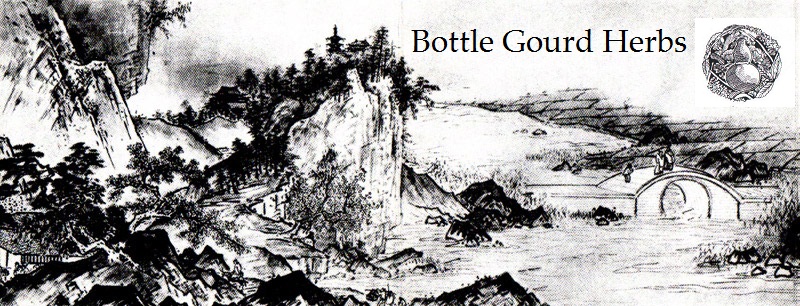
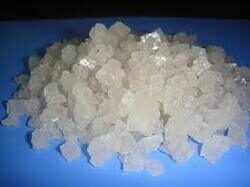
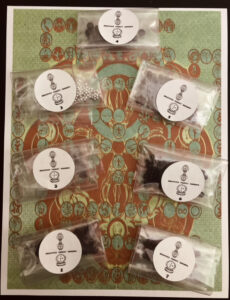
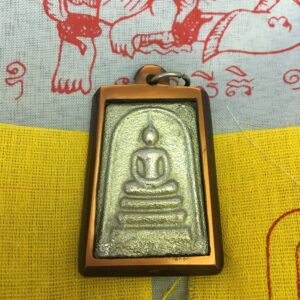
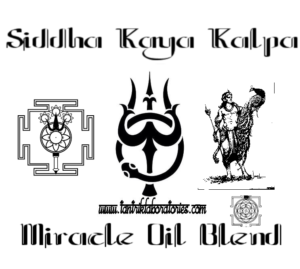
 Adding...
Adding...